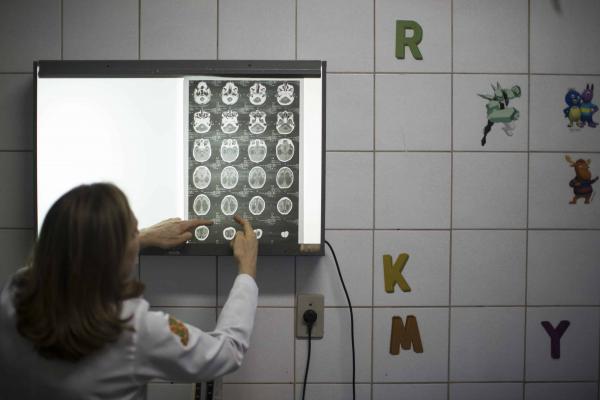
The Zika virus' spread across the world has shown very little signs of slowing. Its influence has grown so much that the World Health Organization called it a global health emergency, especially since it's been linked to causing brain development issues among toddlers, putting pregnant women at risk.
The virus has already touched down in the United States, with 30 cases so far. There have been six cases in California alone. The virus has also crept into Hawaii, Illinois, Florida and Arkansas.
And since there's no real way to stop it - experts have said there's no immediate cure or vaccine right now - the spread will likely continue throughout the United States. The CDC published a map that shows the disease's potential areas of influence, suggesting it may spread initially throughout the southeastern part of the United States and increase from there.
The Zika virus has two strains, as illustrated in the map above - the Aedes aegypti and the Aedes albopictus. The former likely originated in Africa, spreading across the world, while the latter strain likely originated in Asia, the CDC explained.
As I wrote last month, the disease was first identified in the African nation of Uganda back in 1947, but the first human case occurred seven years later. The disease then spread into the Americas, except for countries like Canada and Chile, which have colder temperatures.
For a deeper look at the disease's spread, check out this map from The Washington Post.
The Zika virus spreads mostly through mosquitoes, which bite and drink blood from someone who has the disease and then transmits it someone else upon biting them.
Early symptoms for the virus are similar to the common cold, including a mild fever, headache or joint pain. Pregnant mothers have specifically seen their children suffer from brain development issues upon contracting the disease.

